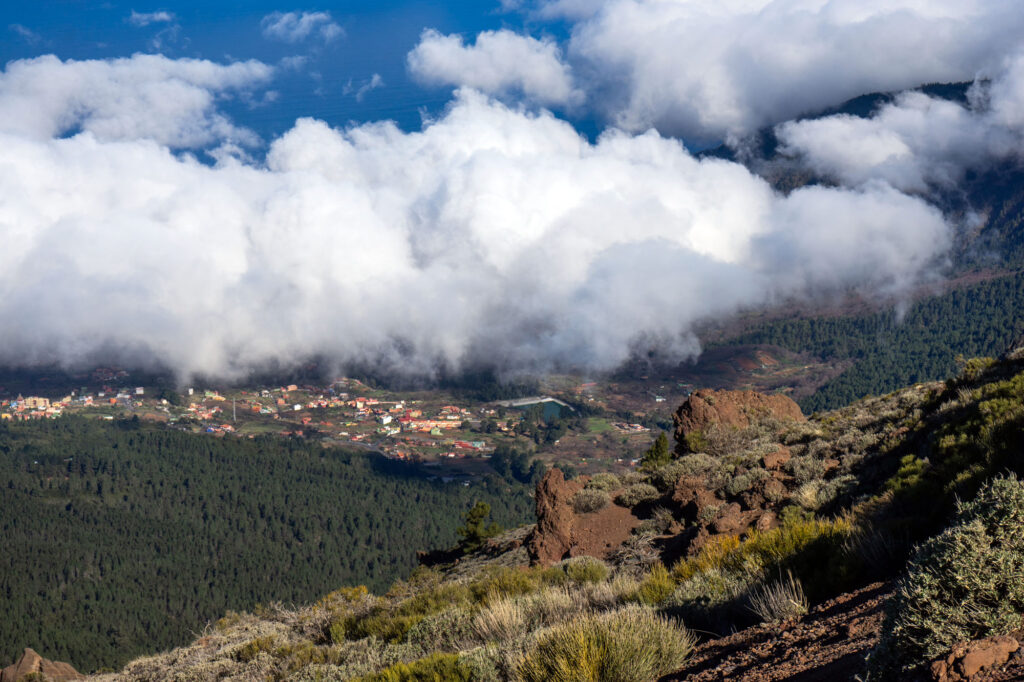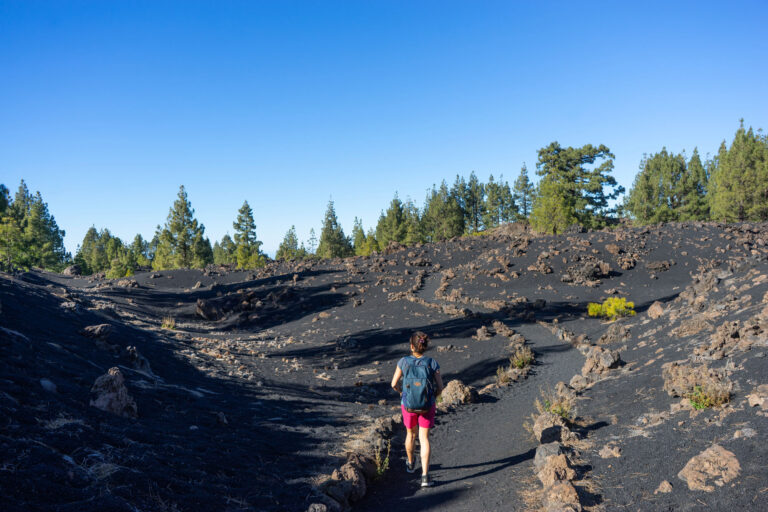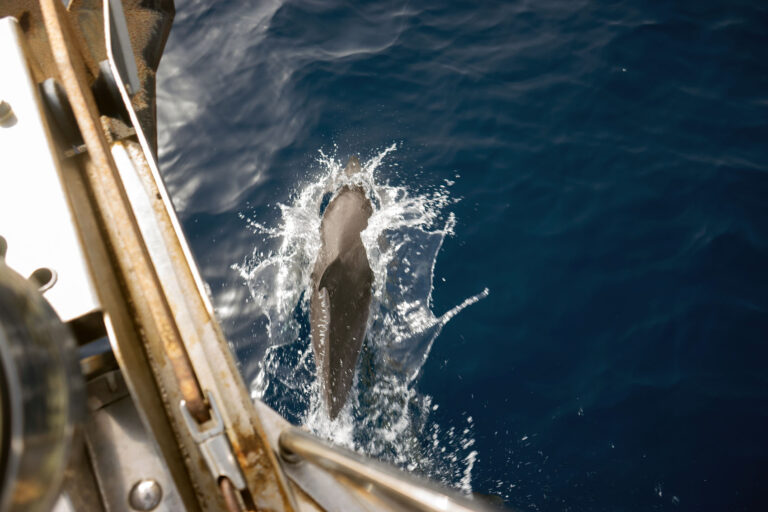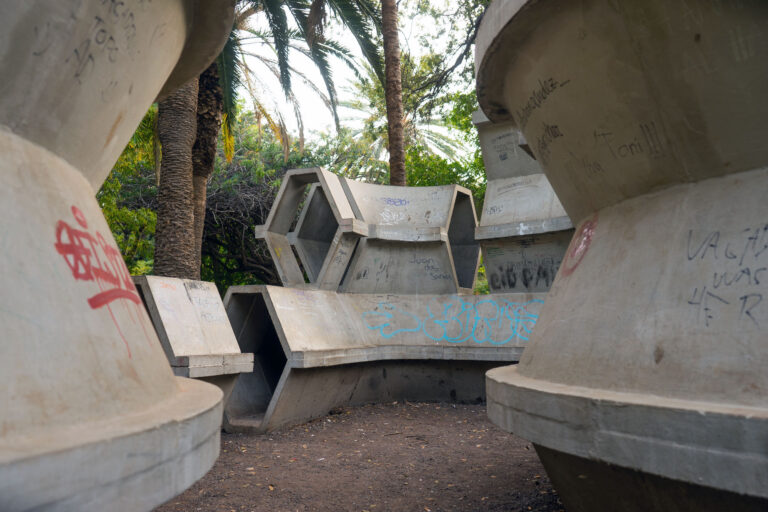Visiting the Izaña Observatory
Situated at 2390 meters above sea level, on the Teide Volcano, the Izaña Observatory (also known as the Teide Observatory) has been in operation since 1964. We took a tour of the premises, which introduced us to the history of the compound and its telescopes, and offered us a chance to stare at … well, not at the stars, but straight into the sun.
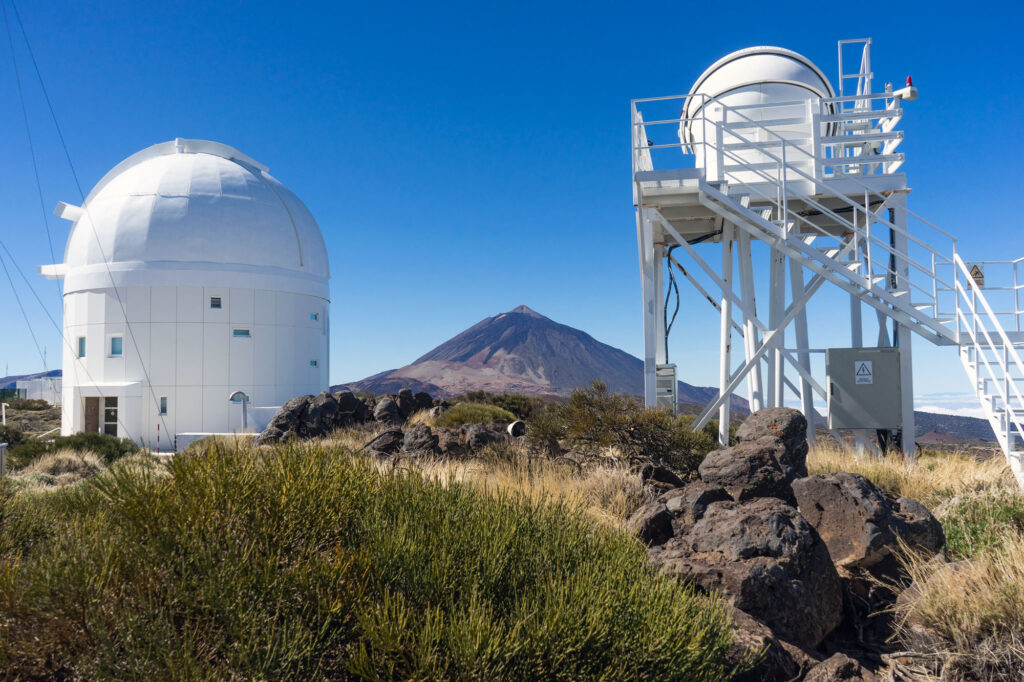
Along with Hawaii and Chile, the volcanoes of the Canary Islands offer up the world’s best conditions for star-gazing, due to the high altitude and minimal light pollution. We would have loved the opportunity to view the stars at night, but the only tours during our time on Tenerife were daytime. But that actually makes a little sense; this observatory is used primarily to study the sun. (The observatory on the nearby island of La Palma studies the night sky.)
Our group was small, and the tour began promptly. Unfortunately, those turned out to be the best things about it. We walked around the compound without being able to actually visit any of the active telescopes. These are some of the world’s most expensive and advanced telescopes, used by top scientists, and are highly sensitive, so the restrictions are completely understandable, but it still doesn’t it make for the most engaging tour.
My expectations for the tour had been wildly unrealistic… I suppose I was expecting to run right up to a telescope and plop my eye against the viewfinder. And immediately after the tour began, I felt silly for even thinking it. That’s not even how “real” telescopes work! The observations are all automated, the data recorded on computers, the movements dictated by complex algorithms. There’s not some crazy-haired professor spinning dials, just waiting to wave me over so that I could observe his latest planetary discovery.
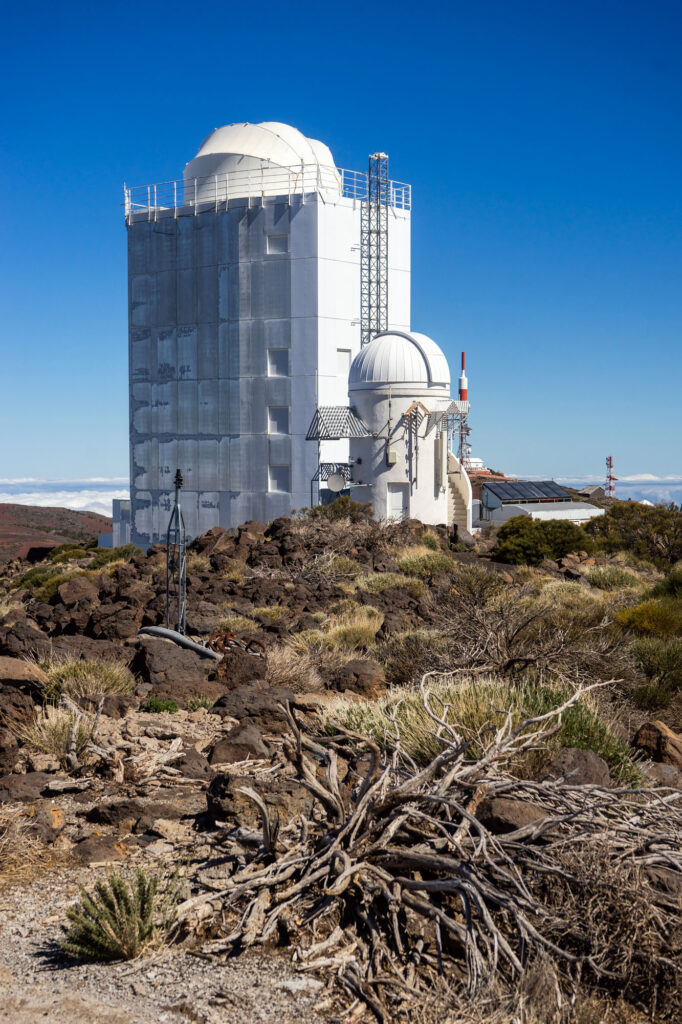
But still. The tour was a little lame. We watched a video about the Teide and its superior conditions, and infrared and ultraviolet light. We stood outside in the heat and the guide pointed out the various telescopes and their year of construction. We had the chance to look through a regular, hobby-sized telescope pointed at the sun. It looked orange. Just a monotonous orange sphere.
The best part was a visit to one of the older, decommissioned telescopes… we couldn’t use it, but were able to appreciate just how complex these things are. That was a neat way to end the tour, but overall, we were disappointed. We can only recommend this to people who are already knowledgeable about astronomy, and get excited by hearing someone recite the make and model of cutting-edge equipment.
